Minimalist Self-Care Routines to Simplify Your Life
Category: Lifestyle
Discover the Power of Minimalist Self-Care Routines
If you've found yourself overwhelmed by endless self-care advice and complicated routines that promise relaxation but leave you stressed, you're not alone. Many seeking a simpler, more intentional life struggle to find practical self-care strategies that aren't just another item cluttering their daily schedule. This post is designed specifically for you—someone eager to embrace minimalism and carve out meaningful moments for yourself without unnecessary complexity. You likely arrived here because traditional self-care feels like added pressure, not relief, and you yearn for routines that align with your goal of simplifying life and enhancing clarity. Here, we cut through the noise to present minimalist self-care routines that are easy to adopt, maintain, and genuinely nourishing. Unlike conventional guides that pile on steps and products, this article focuses on core principles and actionable tips that resonate with minimalist values. You’ll gain insights on prioritizing self-care essentials, decluttering your mental and physical space, and embedding mindful practices into your daily life. Read on to unlock practical strategies that bring calm and fulfillment, all while honoring your minimalist lifestyle.
- Discover the Power of Minimalist Self-Care Routines
- Understanding Minimalist Self-Care: Definition and Benefits
- Prioritizing Your Essentials: Identifying Core Self-Care Needs
- Decluttering Your Self-Care Space and Tools
- Creating Simple Daily Rituals that Stick
- Mindfulness and Meditation in Minimalist Self-Care
- Embracing Rest and Saying No: Setting Boundaries for Self-Care
- Simplifying Nutrition and Movement: Streamlining Eating Habits and Physical Activity
- Technology and Minimalist Self-Care: Digital Detox and Intentional Use
- Tracking Progress with Minimal Effort
- Sustaining Minimalist Self-Care Long-Term: Flexibility, Compassion, and Continuous Refinement
Understanding Minimalist Self-Care: Definition and Benefits
Minimalist self-care is a deliberate approach that emphasizes intentionality, simplicity, and sustainability in nurturing your well-being. Unlike conventional self-care routines that often involve elaborate rituals, an array of products, or time-consuming activities, minimalist self-care prioritizes only what truly supports your mental, emotional, and physical health in the most straightforward way. This approach strips away the excess, allowing you to focus on meaningful practices that fit seamlessly into your lifestyle without overwhelming your schedule or environment.
The core of minimalist self-care lies in meaningful intention—choosing self-care activities that resonate deeply with your needs and values, rather than following trends or societal expectations. It encourages reducing decision fatigue by limiting options and eliminating unnecessary clutter, both mentally and physically. Another key benefit is sustainability: by adopting simple, consistent habits, you create self-care routines that are easier to maintain long-term, promoting ongoing balance and resilience. Ultimately, minimalist self-care helps you reclaim time and energy, nurturing a calm, focused, and fulfilled life aligned with minimalist principles.
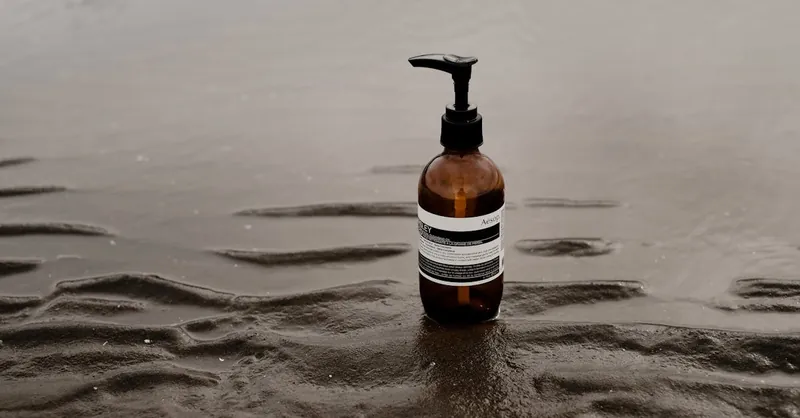
Image courtesy of Valeriia Miller
Prioritizing Your Essentials: Identifying Core Self-Care Needs
A foundational step in embracing minimalist self-care is recognizing and prioritizing your unique core needs instead of adopting generic routines. This requires a thoughtful assessment of what truly nurtures your well-being—whether physical, emotional, or mental—so you can distinguish essential self-care practices from excess. Start by reflecting on times when you feel genuinely recharged or balanced and identify the simplest activities behind those moments. Avoid the trap of accumulating multiple self-care tasks just because they’re popular; instead, focus on habits that fit naturally into your lifestyle and address your personal needs.
Consider these strategies to tailor your minimalist self-care routine effectively:
- Audit your current routine: List all self-care actions you currently engage in. Note which ones consistently leave you feeling refreshed and which feel like added burdens or distractions.
- Identify your non-negotiables: What small, meaningful practices bring you peace or energy daily? These might be things like drinking water, moving your body, quiet reflection, or quality sleep.
- Eliminate or pause the extras: Let go of activities or products that don’t add real value or cause overwhelm. Minimalism in self-care is about quality over quantity.
- Set realistic intentions: Choose 1-3 core practices that are easy to maintain and have the biggest positive impact. Focusing on fewer essentials reduces decision fatigue and encourages consistency.
- Reassess regularly: Your needs may shift over time. Periodic check-ins with yourself help ensure your self-care stays aligned with your evolving lifestyle and well-being goals.
By carefully prioritizing what you truly need, you create a streamlined, personalized self-care routine that nurtures you sustainably—free from clutter and overwhelm. This approach not only honors minimalist philosophy but also makes self-care feel accessible, meaningful, and refreshingly simple.
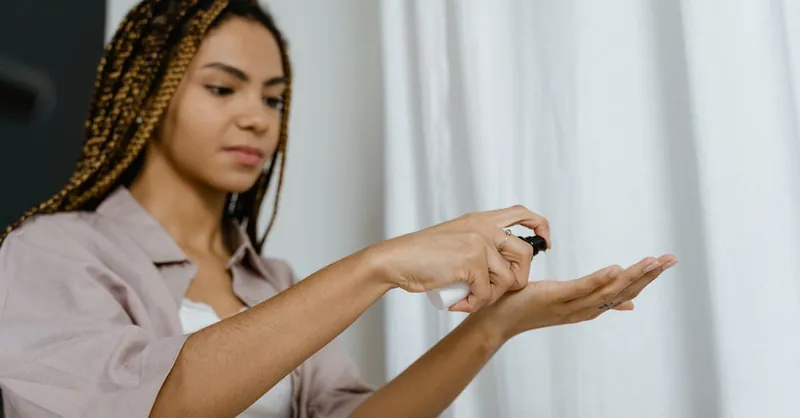
Image courtesy of Tima Miroshnichenko
Decluttering Your Self-Care Space and Tools
A crucial step to embracing minimalist self-care is simplifying your physical environment by thoughtfully decluttering your self-care products, tools, and accessories. When your space is overwhelmed with unnecessary items, it creates distraction, decision fatigue, and even subtle stress, undermining the restorative purpose of self-care. By minimizing your self-care essentials to only what truly serves you, you create a calm, clear environment that enhances mindfulness and encourages consistent, meaningful practice.
Practical Tips for Simplifying Your Self-Care Environment
- Conduct a thorough inventory: Gather all your self-care products, tools, and accessories in one place. This helps you visualize what you have and identify unused or redundant items.
- Assess for necessity and joy: Ask yourself—Does this item support my core self-care needs? and Does using it bring me calm or satisfaction? Keep only those products and tools that boost your well-being and align with your minimalist values.
- Choose multipurpose tools: Opt for items that serve multiple functions instead of accumulating single-use products. For example, a simple moisturizer with SPF replaces several separate products, reducing clutter and decision points.
- Organize with intention: Store your remaining self-care essentials neatly and accessibly. Use minimalist storage solutions that avoid visual chaos, like clear jars or simple baskets, so your space feels inviting and effortless to maintain.
- Set limits on replenishment: Only restock or replace items when they are genuinely needed, rather than succumbing to marketing or trends. This discipline conserves resources and keeps your space intentionally pared down.
By curating and maintaining a minimalist self-care space, you not only reduce physical clutter but also reinforce a mindset of simplicity and clarity. This focused environment supports your ability to engage in self-care rituals without distraction, making each moment more impactful and aligned with your goal to simplify life while nurturing well-being.
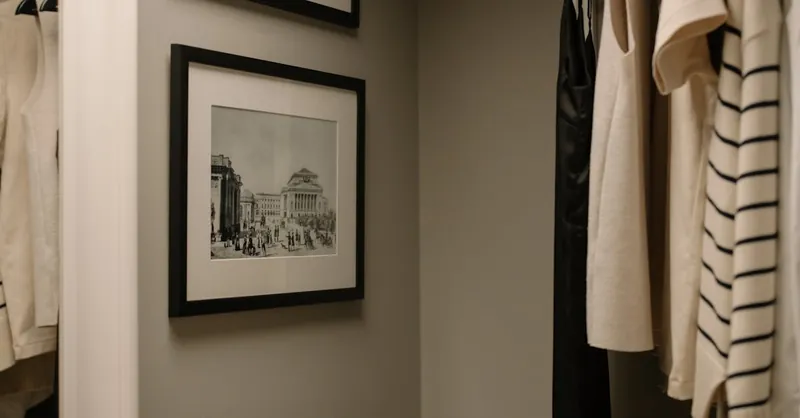
Image courtesy of cottonbro studio
Creating Simple Daily Rituals that Stick
Designing minimalist daily self-care rituals that seamlessly integrate into your everyday life is key to sustaining well-being without feeling overwhelmed or time-starved. The secret lies in crafting small, intentional habits that promote calm, clarity, and balance — habits that don’t demand hours or elaborate preparation but consistently nurture your mind and body.
Principles for Building Effective Minimalist Habits
- Start small and specific: Choose simple actions that can be completed in just a few minutes. For example, a brief morning stretch, a mindful breath before meals, or a moment of gratitude at bedtime. Small habits are easier to remember and maintain.
- Anchor habits to existing routines: Connect new self-care rituals to established daily activities, such as brushing your teeth or making your morning coffee. This reduces friction and helps the habit become automatic.
- Limit your focus: Incorporate only 1-3 core practices at a time. Trying to do too much too soon often leads to burnout or abandonment. Less is more when it comes to minimalist self-care.
- Be flexible and kind: Allow your rituals to adapt to your daily energy and schedule. Minimalism values sustainability, which means prioritizing grace over rigidity.
- Create cues and reminders: Use visual or sensory prompts to gently signal your self-care practices, like placing your journal on your pillow or setting a gentle alarm to pause and breathe.
Examples of Minimalist Daily Self-Care Rituals
- Morning mindfulness: Spend 3 minutes sitting quietly with your breath or setting a calm intention for the day.
- Hydration ritual: Drink a glass of water shortly after waking to support physical health with minimal effort.
- Movement break: Take a brief walk or gently stretch daily to awaken your body and clear your mind.
- Digital detox moment: Designate a 5-minute pause mid-day to step away from screens and connect with your surroundings.
- Evening gratitude: Reflect on 1-2 things you appreciate before sleep to foster positivity and restful rest.
By designing simple, meaningful habits that require minimal time and energy, you build a sustainable foundation for self-care that naturally enhances your minimalist lifestyle. This intentional approach cuts through complexity and helps self-care become a nurturing, effortless part of your daily rhythm, empowering you to embrace well-being with clarity and ease.
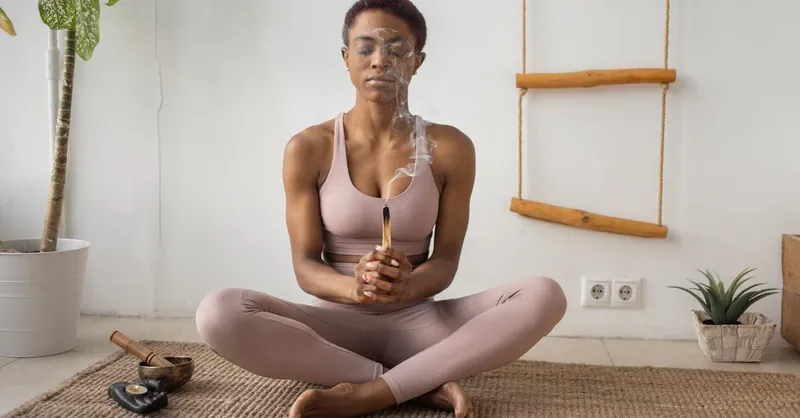
Image courtesy of KATRIN BOLOVTSOVA
Mindfulness and Meditation in Minimalist Self-Care
Incorporating mindfulness and meditation into your minimalist self-care routine offers a powerful way to cultivate mental clarity and emotional balance without adding complexity. These practices embody minimalist principles naturally—requiring little to no special equipment, minimal time investment, and fostering deep presence and awareness that help strip away mental clutter. Mindfulness encourages living fully in the present moment, while meditation provides a dedicated pause to gently observe thoughts and feelings without judgment. Together, they create a foundation for intentional living and reduced overwhelm, essential for anyone seeking simplicity in self-care.
Benefits of Mindfulness and Meditation Aligned with Minimalism
- Enhances mental clarity: Regular mindfulness refreshes your focus, helping to manage stress and decision fatigue by quieting the mind’s constant chatter.
- Promotes emotional balance: Meditation fosters resilience by enabling you to acknowledge emotions calmly, reducing reactivity and fostering peaceful acceptance.
- Supports a simplified mindset: These practices guide you to prioritize experiences over possessions, aligning with minimalist values of meaningful presence rather than accumulation.
- Requires minimal resources: A brief daily meditation or mindfulness exercise needs nothing more than your attention, making it one of the most accessible self-care habits.
- Improves overall well-being: Scientific research shows that even short, consistent mindfulness sessions can lower anxiety, improve sleep quality, and boost overall happiness.
Simple Ways to Integrate Mindfulness and Meditation
- Start with just 3-5 minutes daily: Use guided apps or simply focus on your breath to ease into the habit without pressure.
- Practice mindful moments: Incorporate awareness into everyday activities—eating, walking, or washing hands—by fully engaging your senses.
- Create a dedicated meditation space: Keep it uncluttered and calming, whether a corner of a room or a cushion on the floor.
- Use breath as an anchor: When overwhelmed by thoughts, return your attention to slow, intentional breathing to regain calm quickly.
- Be gentle and consistent: Progress may be subtle, but regular practice reaps deep self-care benefits over time.
By weaving mindfulness and meditation into your self-care practice, you deepen your connection to the present, reduce mental noise, and build emotional resilience—all essential for sustaining a minimalist lifestyle focused on clarity, calm, and purposeful living.
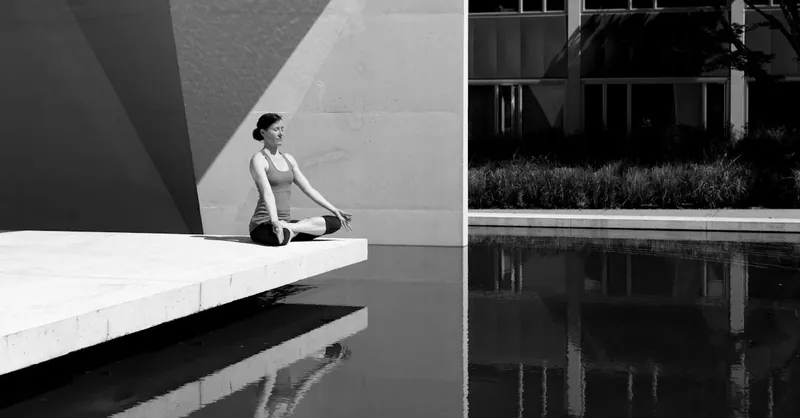
Image courtesy of Pixabay
Embracing Rest and Saying No: Setting Boundaries for Self-Care
A vital yet often overlooked aspect of minimalist self-care is embracing rest and the empowering practice of saying no. In a culture that prizes productivity and constant activity, allowing yourself genuine rest becomes a radical act of self-preservation. Rest is not a luxury; it’s a fundamental need that restores energy, improves focus, and nurtures your mental and physical health. Minimalist self-care embraces rest as a non-negotiable boundary—protecting time and space to recharge without guilt or interruption.
Equally important is learning to say no to non-essential commitments that drain your time and energy without contributing to your well-being or aligned goals. Saying no is not about selfishness but about honoring your limits and prioritizing what truly matters. Setting clear boundaries around your schedule ensures that your self-care remains sustainable and meaningful, preventing overwhelm from overcommitment. By protecting your time, you create room for deeper rest, intentional focus, and authentic self-nurturing.
Practical Strategies to Set Boundaries and Prioritize Rest
- Recognize your signs of fatigue: Tune into physical and mental signals indicating you need rest rather than pushing through exhaustion.
- Assess commitments through a minimalist lens: Before agreeing to new tasks or social events, ask yourself if they support your core values and health.
- Use gentle but firm language: Practice polite ways to decline offers, such as “Thank you for thinking of me, but I’m focusing on resting and simplifying right now.”
- Schedule rest proactively: Block out daily or weekly periods dedicated solely to rest, unplugging from work and digital distractions.
- Create tech-free zones or times: Minimizing screen time enhances rest quality and reduces cognitive overload.
- Communicate your boundaries clearly: Let friends, family, and colleagues know your self-care priorities to foster mutual respect and understanding.
By embracing rest and mastering the art of saying no, you build a strong foundation for minimalist self-care that protects your energy and cultivates lasting wellness. These boundaries are essential tools to simplify your life, reduce stress, and make space for what truly nourishes your mind, body, and soul.
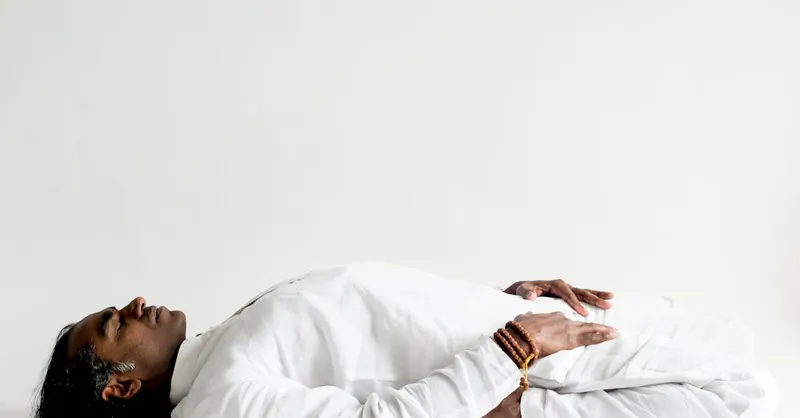
Image courtesy of Ajan Yogi
Simplifying Nutrition and Movement: Streamlining Eating Habits and Physical Activity
A minimalist self-care routine extends naturally into simplifying nutrition and movement, focusing on manageable, enjoyable habits that holistically support your health without complexity or overwhelm. When it comes to eating, the goal is not strict diets or elaborate meal plans but rather intuitive, nourishing choices that sustain energy and well-being with minimal decision fatigue. Similarly, physical activity should be regarded as an accessible, pleasure-driven practice—not an obligation—integrated seamlessly into your daily life.
Strategies to Simplify Nutrition
- Focus on whole, minimally processed foods: Prioritize fresh vegetables, fruits, whole grains, lean proteins, and healthy fats. These foods offer maximum nutrition with simple preparation.
- Embrace meal simplicity: Plan meals around a few versatile, easy-to-prepare staples to reduce time spent cooking and avoid food waste.
- Practice mindful eating: Slow down and savor each bite, noticing hunger and fullness cues. This encourages better digestion and prevents overeating.
- Limit distractions during meals: Eat without screens or multitasking to deepen your connection with your body’s needs and promote satisfaction.
- Hydrate intentionally: Keep a water bottle accessible and sip throughout the day, supporting digestion and mental clarity effortlessly.
Approaching Movement with Minimalism
- Prioritize enjoyable activities: Choose forms of movement you genuinely enjoy, whether walking, stretching, yoga, or gentle dancing, to foster consistency through pleasure rather than pressure.
- Incorporate movement into daily life: Use stairs, short walks, or brief stretching breaks as natural, unintrusive ways to stay active.
- Keep sessions short but frequent: Even 5-10 minutes of movement multiple times a day can significantly enhance energy and mood without requiring large time commitments.
- Listen to your body’s signals: Honor your energy levels and avoid pushing beyond what feels restorative, aligning exercise with mindful, minimalist principles.
- Remove barriers: Simplify gear, space, or scheduling needs to make movement effortless—for example, a comfortable pair of shoes or a quiet corner for stretching.
By streamlining nutrition and movement into straightforward, sustainable practices, you cultivate holistic health that complements your minimalist self-care journey. This approach reduces decision fatigue and promotes long-term vitality, allowing you to nourish your body and mind in ways that are both effective and genuinely enjoyable.
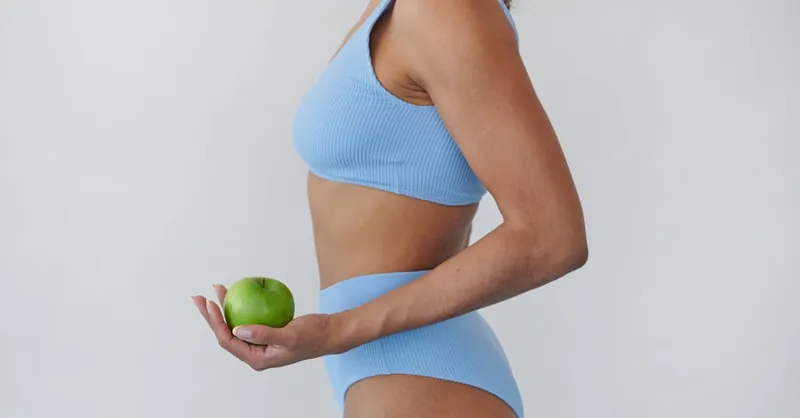
Image courtesy of Daria Liudnaya
Technology and Minimalist Self-Care: Digital Detox and Intentional Use
In today’s hyperconnected world, technology often becomes a double-edged sword—while it offers convenience and connection, it can also contribute to mental clutter, distraction, and overwhelm. For minimalist self-care, embracing a digital detox and practicing intentional technology use are essential strategies to reduce digital noise and reclaim your focus, energy, and peace of mind. Mindful management of screen time and digital clutter supports your self-care goals by creating mental space for presence, rest, and meaningful activities.
Tips for Managing Screen Time and Reducing Digital Clutter
- Set clear boundaries around device use: Designate specific times or zones in your day as tech-free (e.g., no screens during meals or an hour before bed) to reduce overstimulation.
- Declutter digital spaces: Regularly clean up your email inbox, delete unused apps, and organize files to create a streamlined, distraction-free digital environment.
- Unsubscribe and unfollow: Limit digital noise by unsubscribing from unnecessary newsletters and unfollowing social media accounts that don’t add value or positivity to your feed.
- Use technology intentionally: Before picking up your phone or opening an app, pause to ask if it truly supports your well-being or self-care intention.
- Leverage minimalist and focus-enhancing tools: Utilize apps designed to promote mindfulness, limit screen time, or block distracting websites to reinforce your goals.
- Prioritize offline activities: Balance technology with physical, restorative habits like reading a book, going for a walk, or practicing meditation without screens.
Cultivating mindful technology habits reduces cognitive overload and preserves your energy for the practices that genuinely nurture your mental, emotional, and physical well-being. By integrating a digital detox mindset into your minimalist self-care, you simplify not only your physical space but also your digital life—clearing the way for deeper presence, calm, and intentional living.
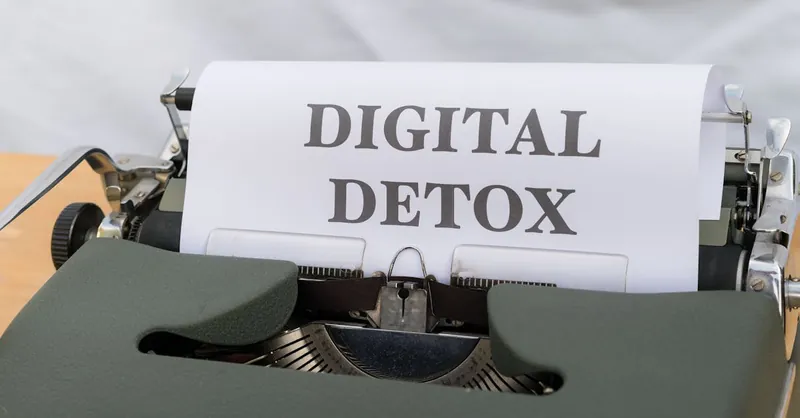
Image courtesy of Markus Winkler
Tracking Progress with Minimal Effort
Monitoring how your minimalist self-care routines impact your well-being doesn’t have to be complicated or time-consuming. In fact, using simple, low-effort methods to track your progress allows you to remain mindful and intentional about what truly supports your mental, emotional, and physical health. By integrating subtle tracking tools into your routine, you can identify what works, adjust practices accordingly, and avoid overwhelm, all without turning self-care into another stressful task.
Effortless Methods to Monitor Your Well-Being
- Use a daily checkbox or habit tracker: A minimalist journal or an app with a simple checkbox system helps you record whether you completed key self-care habits—such as mindful breathing, hydration, or movement—with just a quick mark. This visual cue builds motivation and highlights consistency without requiring lengthy notes.
- Keep a one-sentence daily log: Summarize your day’s self-care experience in a single sentence or phrase. This practice fosters reflection without demanding time or energy, helping you notice patterns or subtle shifts in mood and energy.
- Rate your well-being weekly: On a scale from 1 to 10, rate your overall physical and emotional wellness each week. Tracking these easy-to-assess scores reveals trends over time and guides informed adjustments to your routine.
- Set simple self-check reminders: Schedule brief pauses during your day to ask yourself how you feel and whether your self-care needs are met. These intentional mini-check-ins cultivate awareness and promote prompt tweaks as needed.
- Align progress with intention, not perfection: Focus tracking on meaningful insights rather than rigid goals. Minimalist self-care thrives on flexibility, so use your observations to fine-tune practices gently rather than force strict adherence.
By embracing streamlined progress tracking, you stay connected to your minimalist self-care journey without added pressure or complexity. This approach empowers you to cultivate lasting habits that truly enhance your well-being, enabling stress-free course correction and deeper alignment with your values of simplicity and intentional living.
Image courtesy of Nathan J Hilton
Sustaining Minimalist Self-Care Long-Term: Flexibility, Compassion, and Continuous Refinement
Maintaining a minimalist self-care routine through life’s inevitable changes requires embracing flexibility, self-compassion, and an ongoing commitment to refinement. Unlike rigid programs, minimalist self-care thrives when you allow your practices to adapt naturally to shifting priorities, seasons, and circumstances. This adaptive approach ensures that your self-care remains relevant and supportive rather than becoming a source of stress or obligation.
Keys to Long-Term Sustainability in Minimalist Self-Care
- Stay flexible with your practices: Life changes—new jobs, relationships, health shifts, or altered daily rhythms all impact your ability to engage in self-care. Instead of forcing routines, adjust the frequency, duration, or type of activities to fit your current context. Minimalism values quality and intention over strict adherence.
- Practice self-compassion: There will be days when self-care feels elusive or incomplete. Honoring this without self-judgment keeps motivation alive and prevents burnout. Remember, minimalist self-care is about nurturing yourself gently, not perfection.
- Regularly reassess and refine: Schedule periodic check-ins—monthly or quarterly—to evaluate what’s working, what feels burdensome, and how your needs have evolved. Use these reflections to pare down further, tweak routines, or introduce new essentials aligned with your current well-being goals.
- Prioritize your core values: Anchor self-care decisions in your foundational values and priorities. This clarity helps you say no to unnecessary additions and keeps your routine purpose-driven and meaningful amidst complexity.
- Celebrate progress and small wins: Acknowledge consistent practice and positive shifts, no matter how small. This mindful appreciation reinforces your commitment and cultivates a positive feedback loop for sustaining habits long-term.
By integrating flexibility, compassion, and intentional refinement into your minimalist self-care repertoire, you create a resilient framework that evolves with you. This dynamic yet simple approach maximizes well-being without overwhelming your time or space, supporting a lifelong journey of clarity, balance, and ease in your self-care practices.
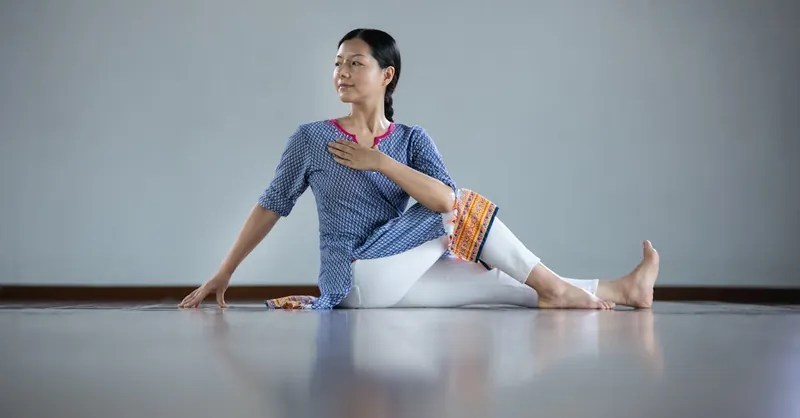
Image courtesy of RAY LEI
